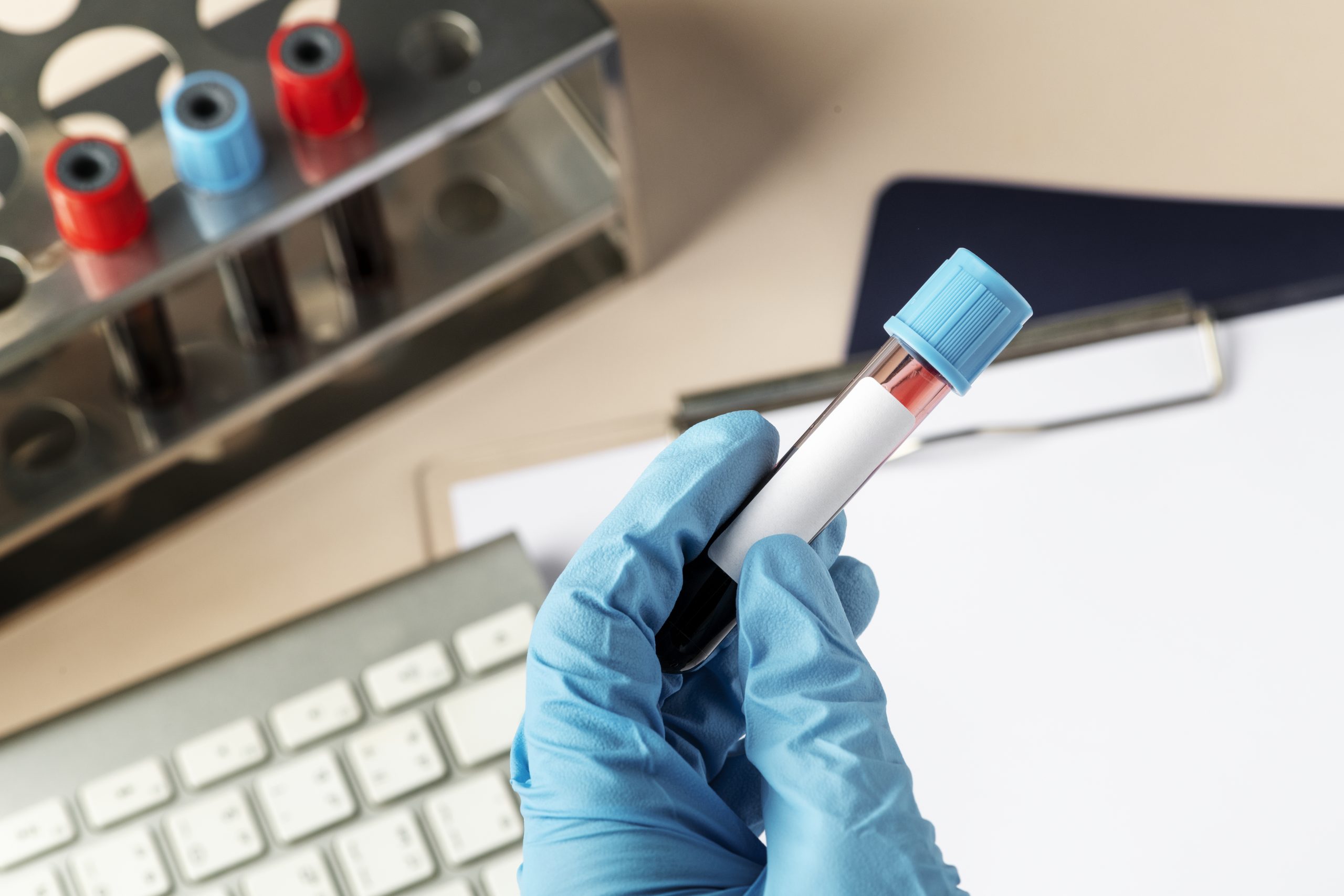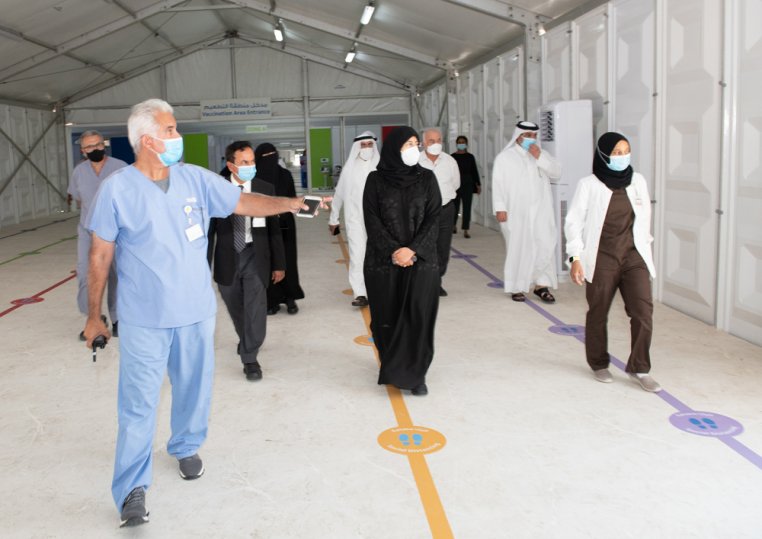Osteoporosis is the most common skeletal disorder worldwide and is associated with a progressive decline in bone properties and an increased fracture risk.
Osteoporosis is one of the most prevalent metabolic bone diseases in the world and is a major public health problem.
Osteoporosis i s a bone disease characterised by low bone mass, deterioration of bone tissue and disruption of bone architecture, with a consequent increase in bone fragility and therefore risk of fracture. It is a silent condition with no associated signs or symptoms until fractures occurs. Osteoporosis affects an enormous number of people, of both sexes and all races, and its prevalence will increase as the population ages. However, women are four times more likely to develop osteoporosis than men.
s a bone disease characterised by low bone mass, deterioration of bone tissue and disruption of bone architecture, with a consequent increase in bone fragility and therefore risk of fracture. It is a silent condition with no associated signs or symptoms until fractures occurs. Osteoporosis affects an enormous number of people, of both sexes and all races, and its prevalence will increase as the population ages. However, women are four times more likely to develop osteoporosis than men.
Common risk factors
- History of fracture after 50 years old
- Current low bone mass
- History of fracture in a primary relative
- Female
- Small stature
- Advanced age
- A family history of osteoporosis
- Oestrogen deficiency as a result of menopause, especially early or surgically induced
- Low testosterone levels in men
- Anorexia nervosa
- Low lifetime calcium intake
- Vitamin D deficiency
- An inactive lifestyle
- Excessive use of alcohol
How is osteoporosis diagnosed?
To diagnose osteoporosis and assess your risk of fracture and determine your need for treatment, your doctor will most likely order a bone density scan. This exam is used to measure bone mineral density (BMD). A bone mineral density (BMD) test is an important measure of your bone health.
BMD tests can identify osteoporosis, determine your risk for fractures (broken bones), and measure your response to osteoporosis treatment. The most widely recognised BMD test is a central dual-energy x-ray absorptiometry, or central DXA test. It is painless—a bit like having an x-ray, but with much less exposure to radiation. It can measure bone density at your hip and spine. BMD tests can:
- Detect low bone density before a fracture occurs.
- Confirm a diagnosis of osteoporosis if you already have one or more fractures.
- Predict your chances of fracturing in the future.
- Determine your rate of bone loss, and monitor the effects of treatment if the test is conducted at intervals of a year or more.
Treatment
- Bisphosphonates – Bisphosphonates are a family of drugs that prevent the loss of bone mass. They are the most commonly prescribed drugs used to treat osteoporosis.
- Antibody – Denosumab is a novel biologic agent, efficacious and safe for treatment and prevention of osteoporosis.
- Hormone Replacement therapy (HRT)– Estrogen/progesterone, is commonly used to relieve the symptoms of menopause. However, because estrogen plays such an important role in maintaining bone, HRT is another option to treat osteoporosis if you are also seeking relief from symptoms of menopause.
- Lifestyle changes – National Osteoporosis Foundation recommends Calcium and vitamin-D supplementation for individuals at a high risk for osteoporosis, including postmenopausal females aged over 50 with inadequate dietary calcium and vitamin-D intake
- Physical activity – Regular physical activity and exercise plays an important role in maintaining or improving bone density.

Prevention
Osteoporosis was previously considered a normal part of ageing, but it is now understood to be preventable and treatable. Many interventions reduce fracture risk in the genera population and can be used for primary and secondary prevention. These strategies include adequate combined calcium and vitamin D intake exercise, tobacco avoidance, moderate alcohol intake, and avoidance of trip or fall hazards.
Love your bones, protect your future!
Written by Dr. Tatiana Carneiro-Lobo, Ph.D.






Leave A Comment
You must be logged in to post a comment.